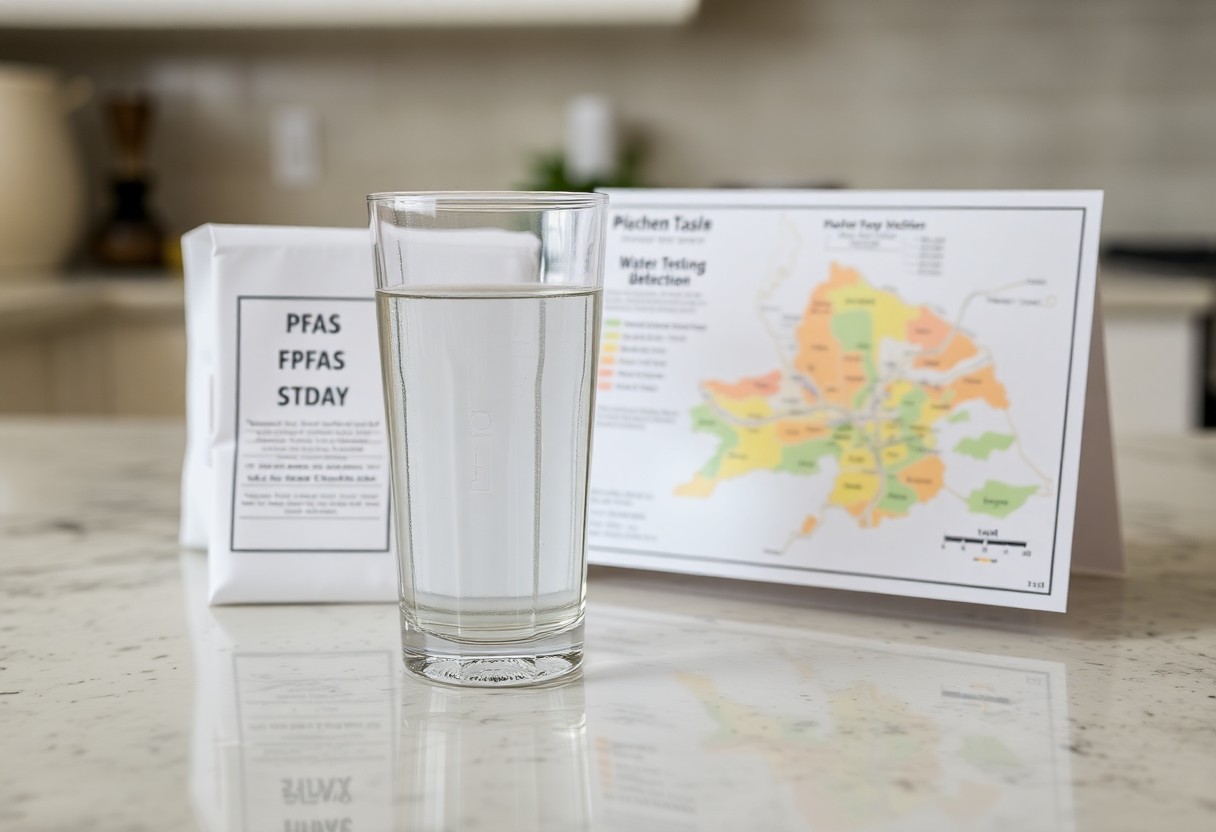Just like any legal proceeding, navigating PFAS lawsuits can often be a lengthy and complex process. If you are contemplating filing a lawsuit or are already involved in one, understanding the realistic timelines is important for setting your expectations. The duration of these cases can vary significantly, influenced by factors such as the complexity of the evidence and court schedules. This post will provide you with key insights into what you might anticipate as you pursue justice for potential PFAS-related health issues.
Understanding PFAS and Their Impact
While the conversation around industrial chemicals grows, it’s important for you to understand the pervasive nature of PFAS and their influence on your health and surroundings. These substances, often referred to as “forever chemicals,” accumulate in the environment and human body, leading to long-term exposure risks that are still being researched.
What are PFAS?
Impact from PFAS (Per- and Polyfluoroalkyl Substances) arises from their widespread use in products like non-stick cookware, water-resistant clothing, and firefighting foams. These synthetic compounds are known for their ability to resist heat, water, and oil, making them attractive for various applications, yet they pose significant challenges regarding environmental persistence and toxicity.
Health and Environmental Concerns
Health concerns linked to PFAS exposure have sparked intense scrutiny as studies suggest potential risks, including increased rates of cancer, liver damage, and developmental issues in children. Furthermore, PFAS contaminants can infiltrate the water supply and accumulate in wildlife, threatening ecosystems. The long half-lives of these chemicals in your body mean they can build up over time, potentially leading to serious health problems. It’s vital to stay informed about PFAS and advocate for measures that mitigate their impact on you and your community.
The Legal Landscape of PFAS Lawsuits
The legal landscape surrounding PFAS lawsuits is complex, shaped by evolving regulations and the increasing recognition of health risks associated with these chemicals. As courts become more receptive to claims, various forms of litigation have emerged, highlighting the need for you to understand the nuances involved.
Types of PFAS Litigation
The different types of PFAS litigation primarily include:
- Personal Injury Cases
- Class Action Lawsuits
- Environmental Cases
- Property Damage Claims
- Regulatory Enforcement Actions
Assume that you find yourself affected by PFAS exposure, understanding these litigation types will be imperative to your legal strategy.
| Type of Litigation | Description |
|---|---|
| Personal Injury Cases | Individuals claim harm due to exposure. |
| Class Action Lawsuits | Groups of affected individuals jointly file suit. |
| Environmental Cases | Communities sue for pollution-related damages. |
| Property Damage Claims | Property owners claim losses from contamination. |
| Regulatory Enforcement Actions | Government seeks penalties against violators. |
Key Players in PFAS Lawsuits
The key players in PFAS lawsuits encompass various stakeholders, each playing a pivotal role. You’ll find that plaintiffs typically include individuals harmed by PFAS, environmental activists, and local municipalities affected by contamination.
Litigation in these cases often involves powerful defendants such as large corporations that produce or release PFAS chemicals, as well as regulatory agencies overseeing environmental safety. These corporations may face significant liabilities due to their impact on public health and the environment. As a plaintiff, you can join forces with legal experts specializing in environmental law and toxic torts, enhancing your chances for a successful outcome. The involvement of state and federal agencies may also influence the pace and strategy of litigation, making it vital for you to be informed about the roles these key players play.

Factors Influencing Lawsuit Duration
One of the primary factors that influence the duration of PFAS lawsuits is the complexity of your case. Consider the following elements:
- Evidence gathering
- Settlement negotiations
- Expert testimonies
- Jurisdiction issues
The timeline for your lawsuit may significantly vary based on these factors.
Case Complexity
On average, the more complex your case, the longer it will likely take. Factors such as the volume of evidence, the number of parties involved, and the variety of claims can all contribute to a more prolonged proceedings process. Each additional layer of complexity adds time to your legal journey.
Court Jurisdiction
For your PFAS lawsuit, the court’s jurisdiction plays a significant role in determining the timeline. Different courts have varying workloads, procedural requirements, and timelines, which can greatly impact how quickly your case moves forward.
With many factors at play, including the court’s location and its current docket, jurisdiction can either expedite or delay your lawsuit considerably. You could find yourself in a federal or state court, each with its own rules and processing times that affect how quickly your claims are addressed. Understanding the court’s jurisdiction is vital for setting appropriate expectations for the duration of your lawsuit.
Typical Timelines for PFAS Lawsuits
Now, understanding the typical timelines for PFAS lawsuits can help you gauge what to expect if you decide to pursue legal action. These timelines can vary significantly based on numerous factors, including the complexity of your case and the court’s schedule. You should anticipate that the entire legal process, from filing to resolution, may take several years.
Pre-litigation Phase
Prelitigation can take several months to a few years. During this phase, your legal team gathers evidence, reviews scientific studies on PFAS, and consults with experts to build a strong case. This thorough groundwork is vital to establish a solid foundation for the lawsuit and increases your chances of success.
Trial Phase
For those cases that proceed to trial, this phase can last from several weeks to several months. You may face numerous court dates, jury selection, and the presentation of evidence that will be critical in determining the case’s outcome.
Further, it’s important to prepare for the complexities involved in the trial phase. Be aware that testimonies from environmental scientists and medical experts may be vital in demonstrating the negative impacts of PFAS on your health. The outcome can significantly impact your compensation, thus understanding each component of this phase is vital for your case. In some instances, parties may reach a settlement agreement during trial discussions, which could expedite the resolution of your claims.
Settlements and Their Impact on Timelines
To navigate the complexities of PFAS lawsuits, it’s necessary to understand that settlements can significantly alter your case timeline. When parties agree to a settlement, your case may resolve much more swiftly than if it proceeds to trial. While settlements can provide quicker financial relief, they often come with trade-offs, such as forgoing the chance for larger compensatory damages awarded in court. By weighing the benefits of a settlement against the potential for a longer trial process, you can make an informed decision that best suits your situation.
Conclusion
With this in mind, understanding the timelines for PFAS lawsuits can help you set realistic expectations for your case. The process can be lengthy, often taking several months to years due to various factors such as case complexity, jurisdiction, and the need for extensive evidence gathering. By staying informed and potentially working with legal experts, you can navigate this challenging landscape more effectively, ensuring that you are prepared for the duration of the legal journey ahead.



















